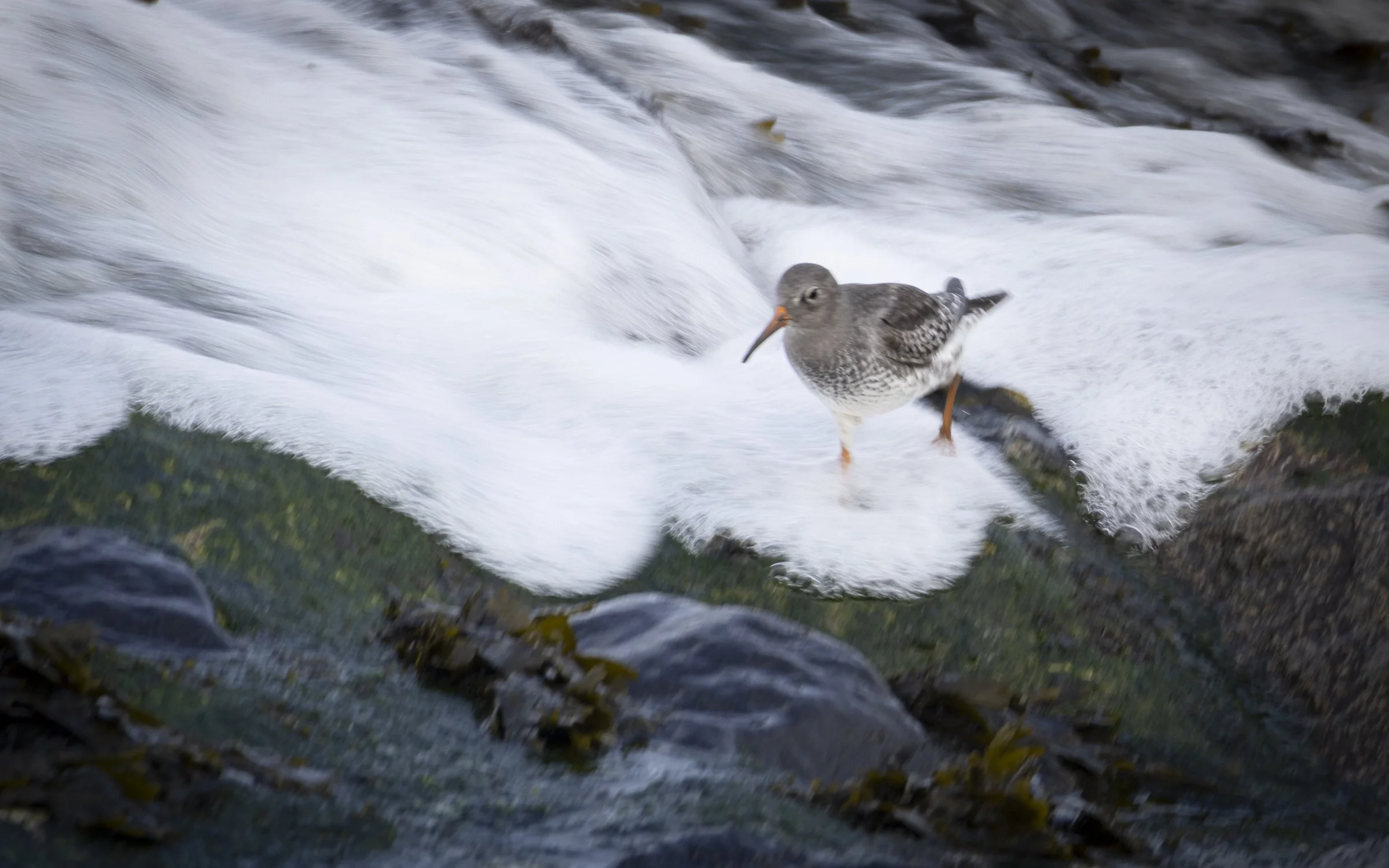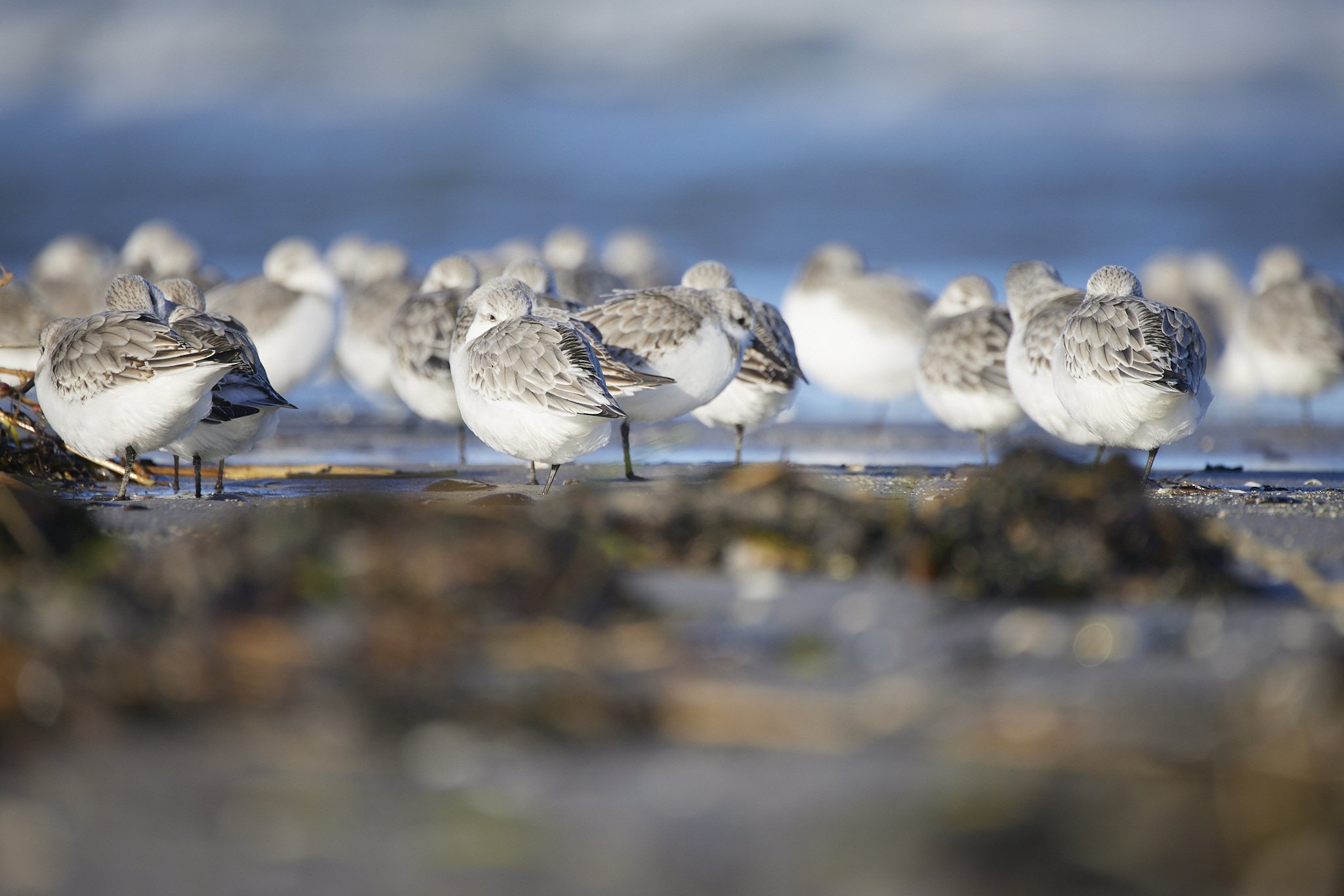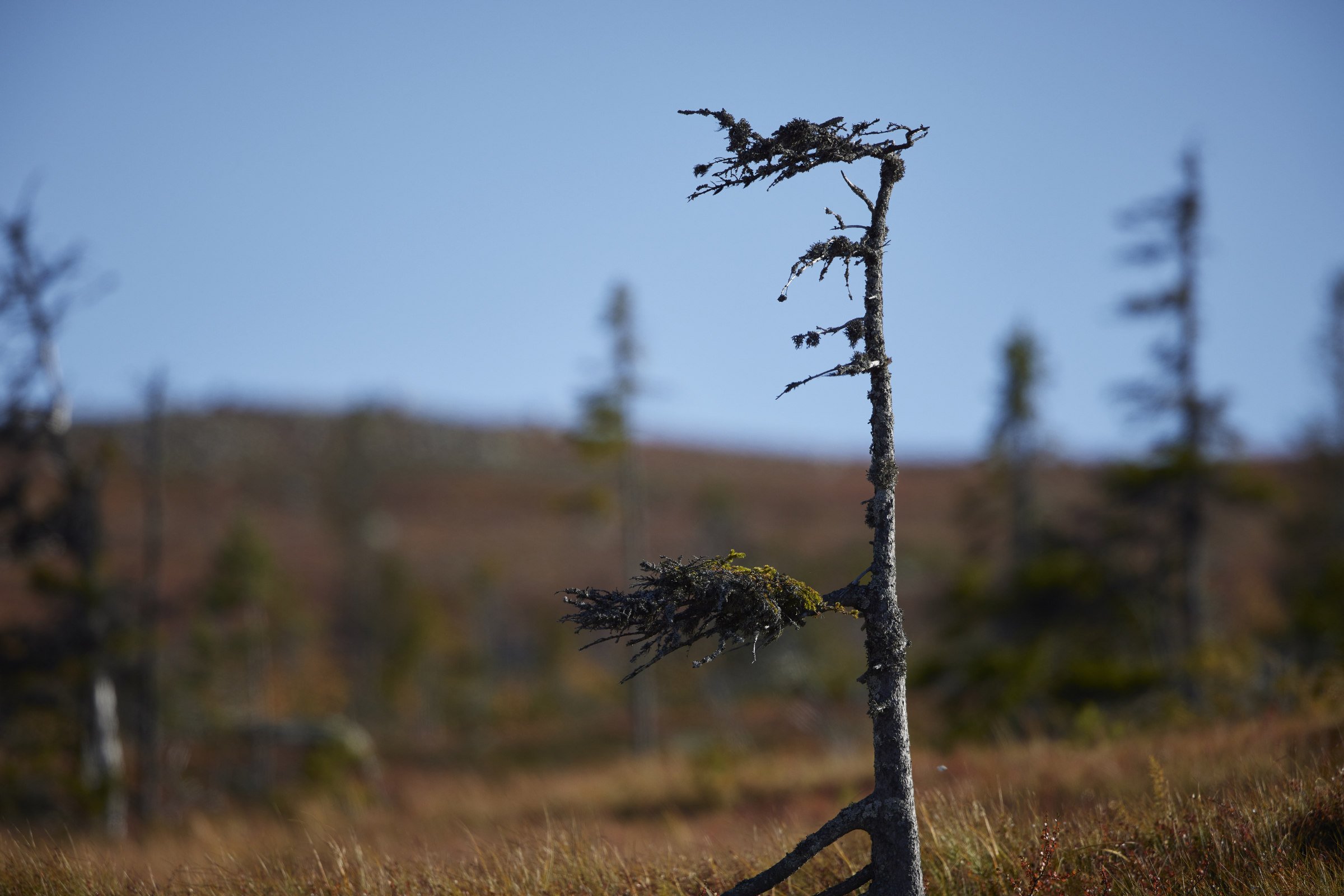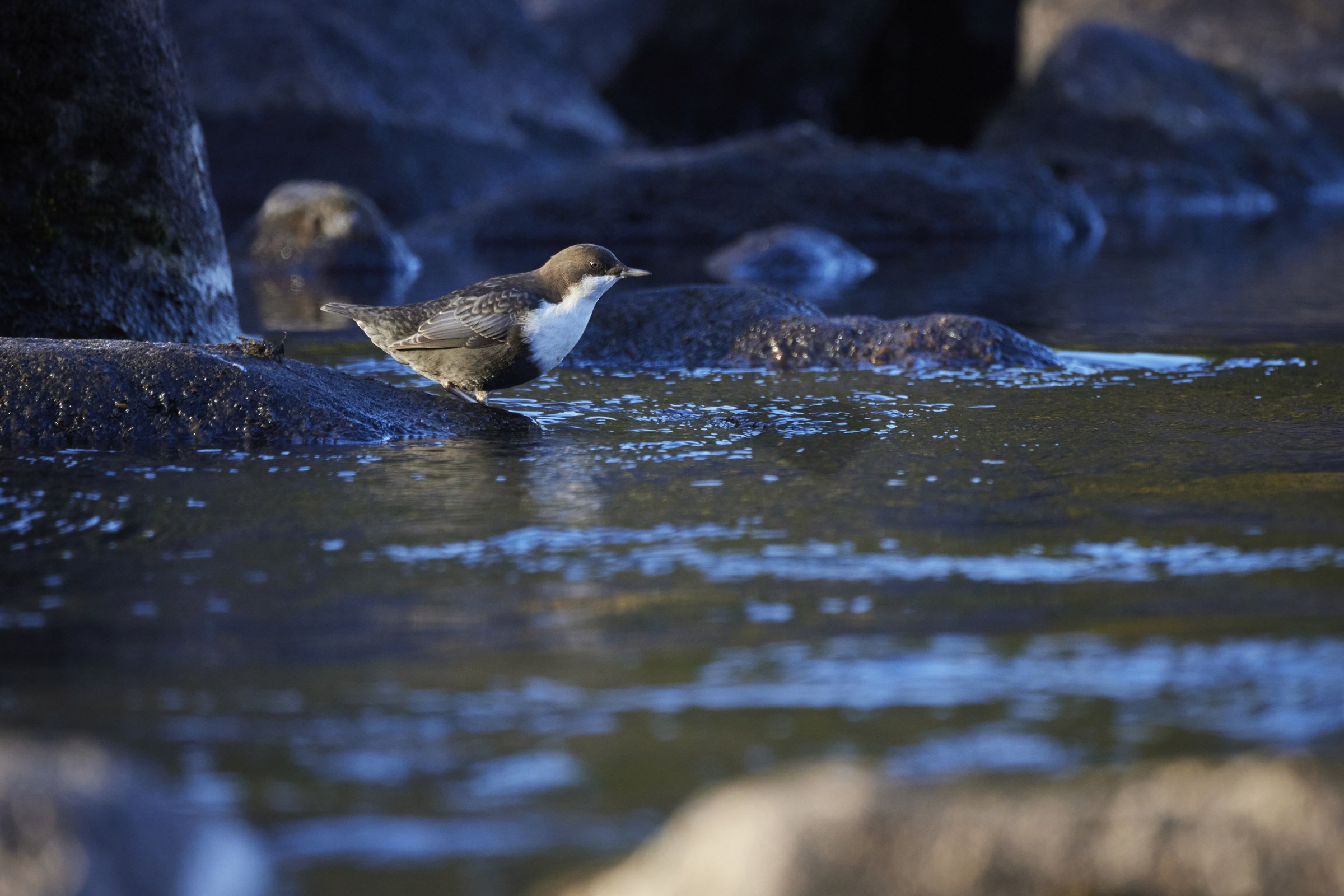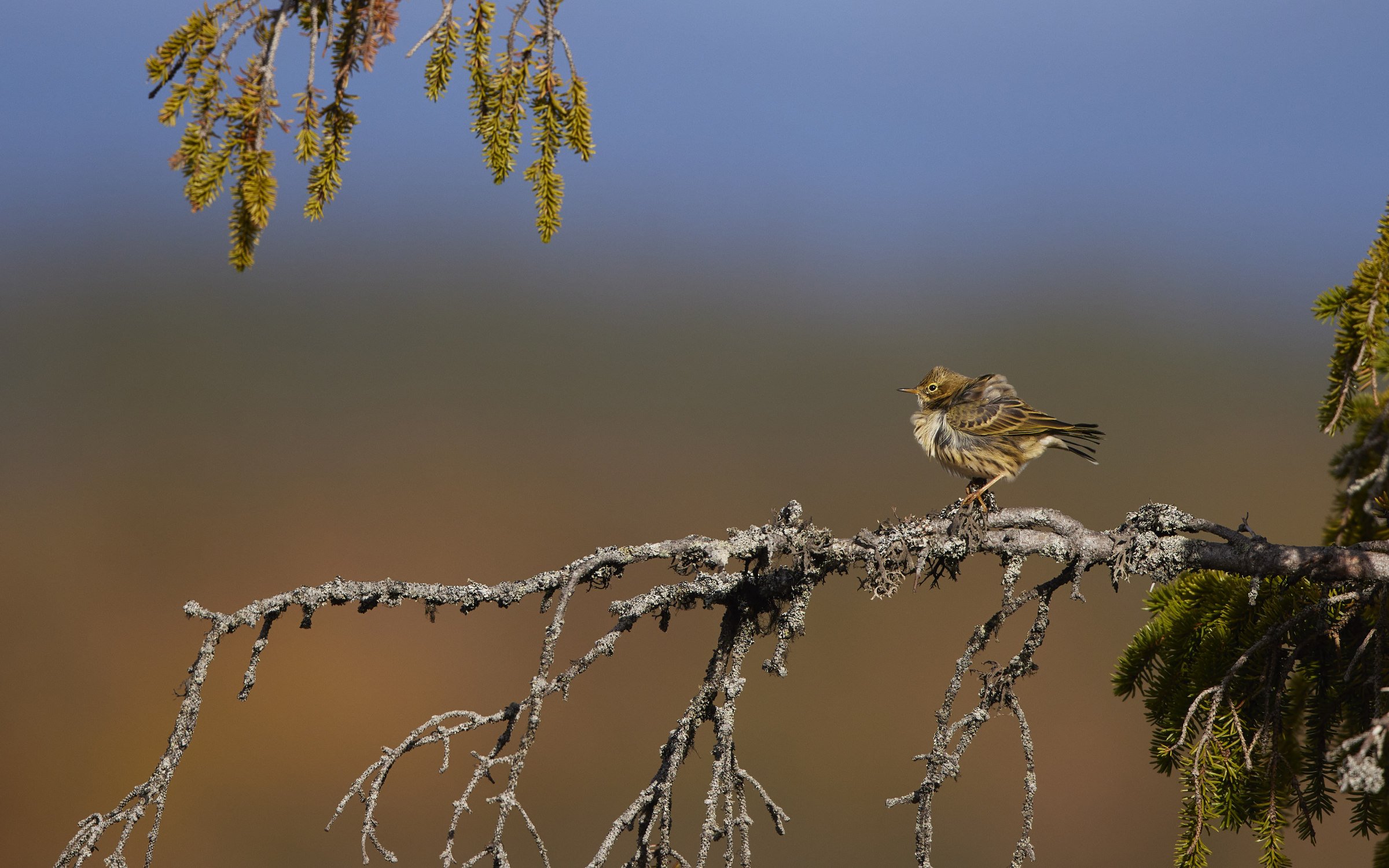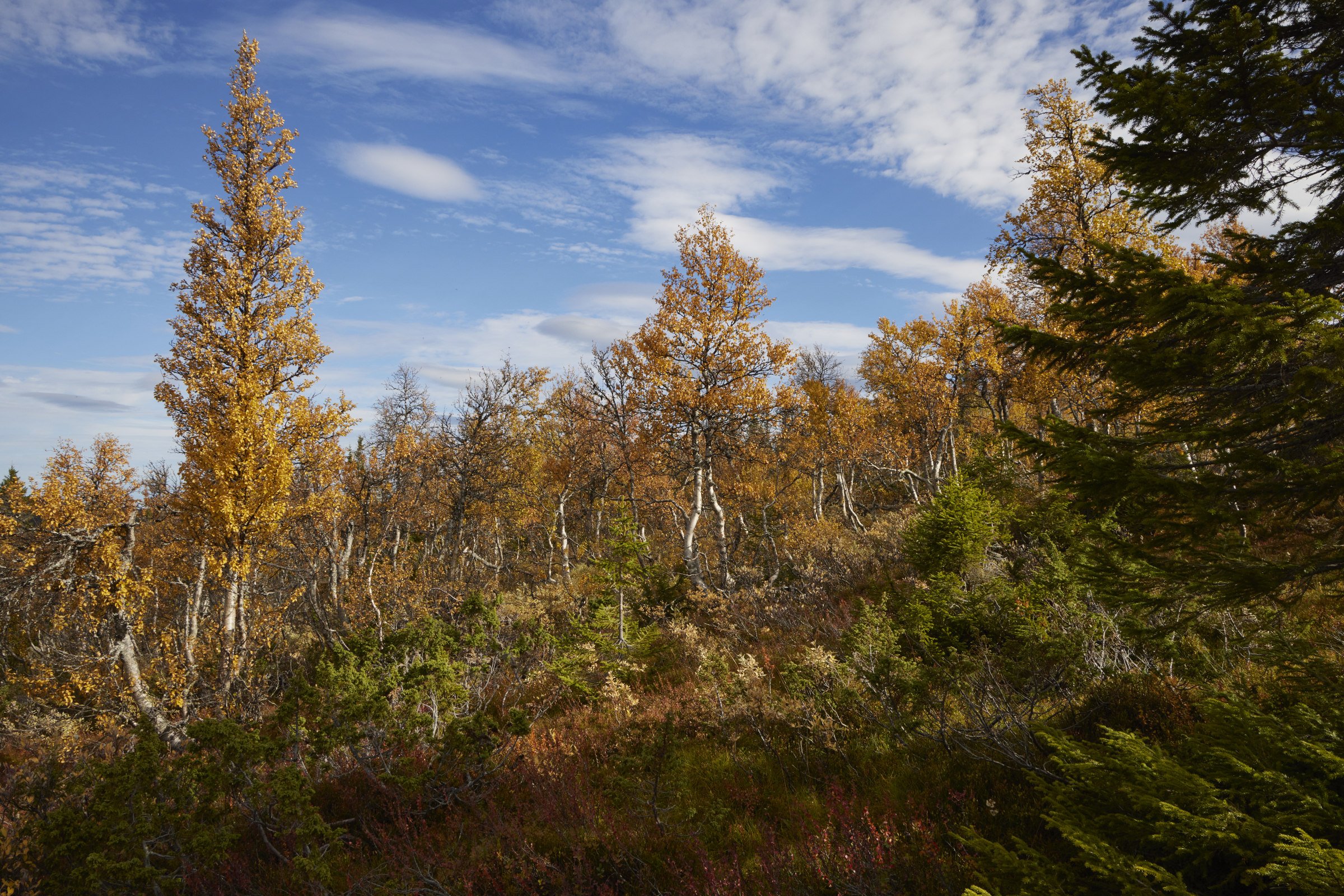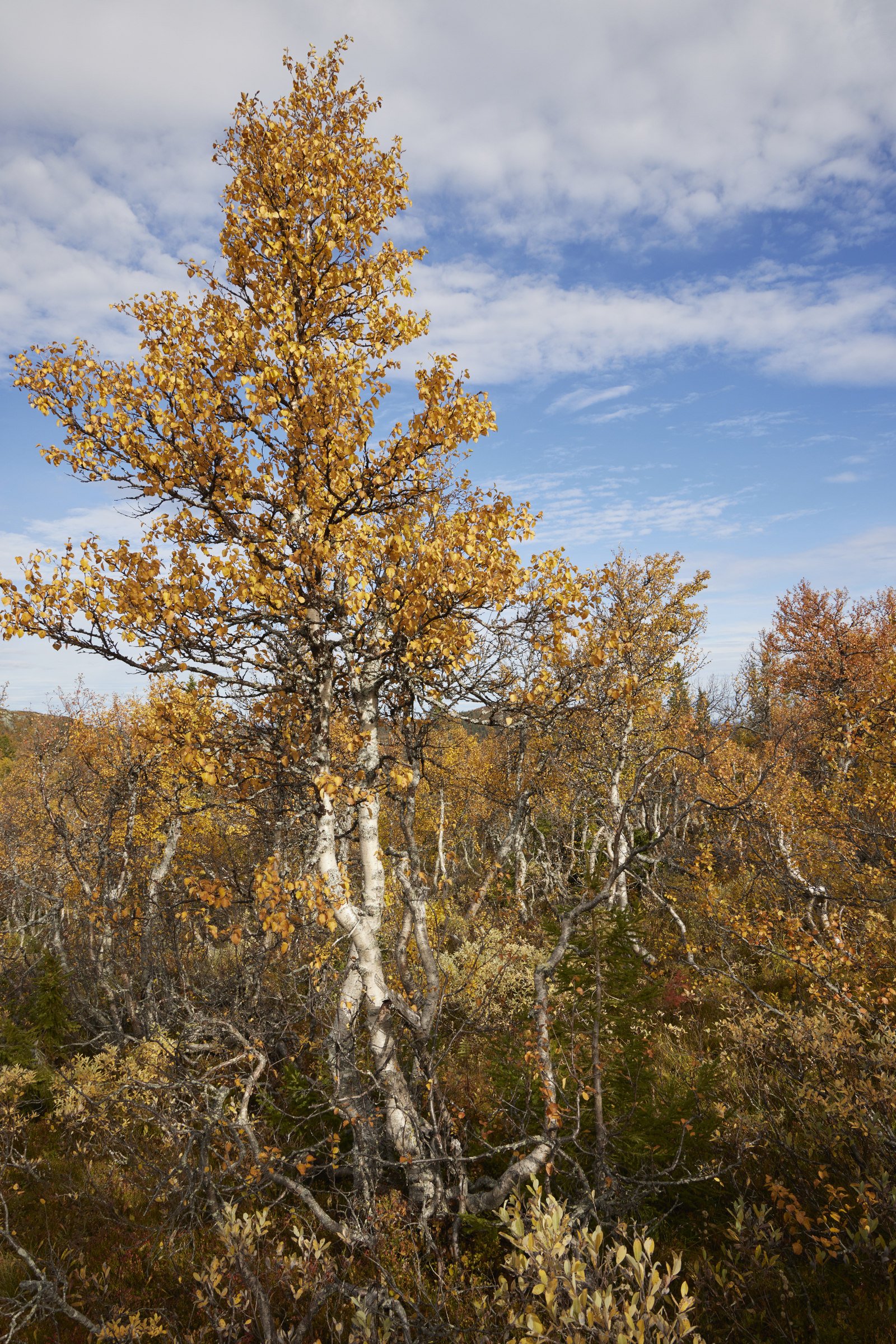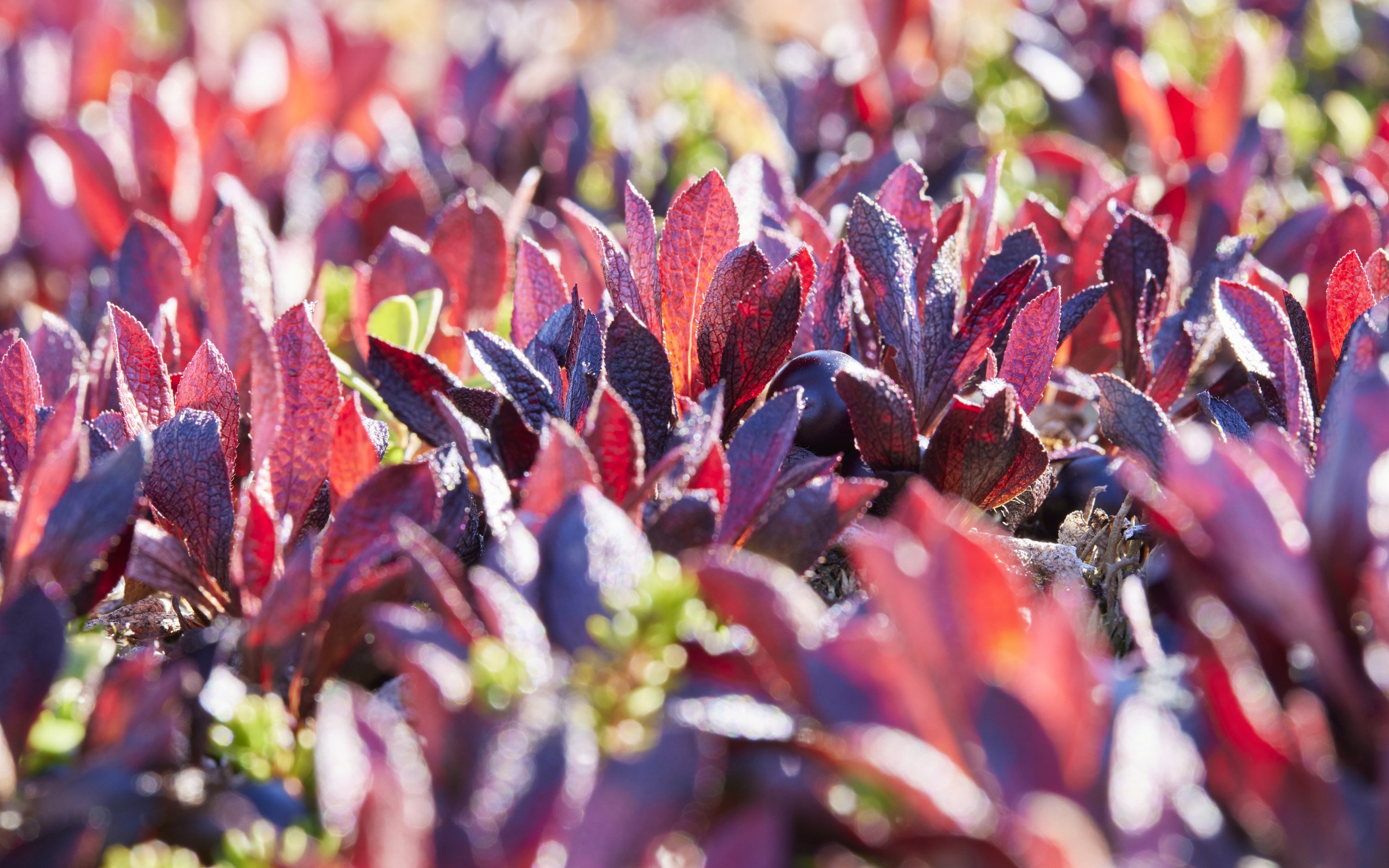Introduction
October and November have been two months of photographical inspiration for me. Late October, I visited the wonderful annual nature photography festival at Lünen, hosted by the German Society For Nature Photography and home to the European Wildlife Photographer Of The Year, one of the most prestigous competitions there is, and the equally impressive membership competition, GDT Nature Photographer of the Year. I visit “Lünen” every year since quite a long time and I love everything there. The lectures, the exhibitions, the people and the meeting of old friends. And it inspires me. The word has become quite trite and trivial in the last few years, and I don’t use it lightly. I often struggle withe my own fascination for photography, more often not even taking the camera with me, but only my binoculars.
To add onto the inspiration and to learn, I went for the photographic double-feature and on a “zeitweise”-workshop directly after Lünen. Jan and Hermann of zeitweise.art have established themselves as creative pioneers in the European nature photography realm. I have been following them for quite some time now, hearing talks, bought a book and watching their Youtube. It is their collaborative, inclusive and down-to-earth approach that really got me in. Learning to see and photograph what’s in front of you rather than travelling to Antarctica. Representing what you see in an artistic way that conveys a spirit, a mood, a tone rather than hitting the holy Instagram-trifecta of sharp, close-up and colorful.
Admittedly, this is a longish introduction. But it sets a tone, too and it might help you understand the imagery on this blogpost.
Baltrum (An island in the Wadden Sea)
North of the German mainland lie the East Frisian Islands within the Wadden Sea. Baltrum is the smallest of the seven main islands. The whole area is entirely dependent by the tide. At low tide you could walk the ten kilometers to mainland Germany. At high tide, you feel the power of the North Sea. During bird migration, the whole Wadden Sea area is the resting place of around 12 million migratory birds. And with low temperatures and strong winds in late October, early November, there is not a lot of tourism. One up: There are no cars allowed to the island. It’s a breath of fresh air and so liberating. Baltrum was the perfect canvas for a week of nature photography.
Birds
When you are on an island like Baltrum during migration season, birds are a natural motive. Purple sandpipers (Calidris maritima) and Ruddy turnstones (Arenaria interpres) shelter from high tide at the north end of the island. Thousands of Dunlins, Red Knots (Calidris canutus), Eurasian curlews (Numenius arquata) and other waders doing the same at the westernmost beaches. White-tailed eagles (Haliaeetus albicilla) and different kinds of harriers hunt while small arctic songbirds like Snow buntings (Plectrophenax nivalis), Horned larks (Eremophila alpestris) or Redwings (Turdus iliacus) gather some well needed strength for their further journeys.
Waves
When at Sea, make sure to photograph waves. Large ones, small ones, fast shutter speeds, slow shutter speeds, crashing waves, calm waves. Do waves!
Scapes
I usually use the term “scapes” as a more abstract form of still life. Could be a landscape, seascape, cityscape or an abstract macro. Luckily, the island was full of such visuals. Sunsets over the Wadden Sea at low tide. Abstracts of the sea or seashells.
Woodlands
Amidst the island of Baltrum, well-hidden between the large sand dunes is a very small but beautiful forest. All the trees crouch down and low. As long as they are not growing too tall, they are protected from the wind by the larger dunes. If they grow too tall, the merciless wind takes over and bends them into even weirder shapes. And those trees lend themselves very well to some experiments with ICM-photography (intentional camera movement).
Workshop wrap-up
It has been a great week. The workshop-setting worked well for me. Hermann and Jan were wonderful guides, well prepared with a lot of tasks and a lot of time to be creative; great feedback, friendly, solidaric and on point - which set the tone for the whole group: collaboration is key. And it was great fun. Highly recommended!
More:
https://www.zeitweise.art/workshop
https://www.instagram.com/zeitweise.art/
https://www.youtube.com/@zeitweise



